Archaeologists have revealed fresh evidence of daily life in a Hellenistic military settlement at Pyla-Vigla, which is located near Larnaca on Cyprus’ southeastern coast. The discovery, made during the 19th excavation season of the Pyla-Koutsopetria Archaeological Project (PKAP), reveals how inhabitants of this fortified community balanced domestic life, craft production, and defense during the early Hellenistic period.
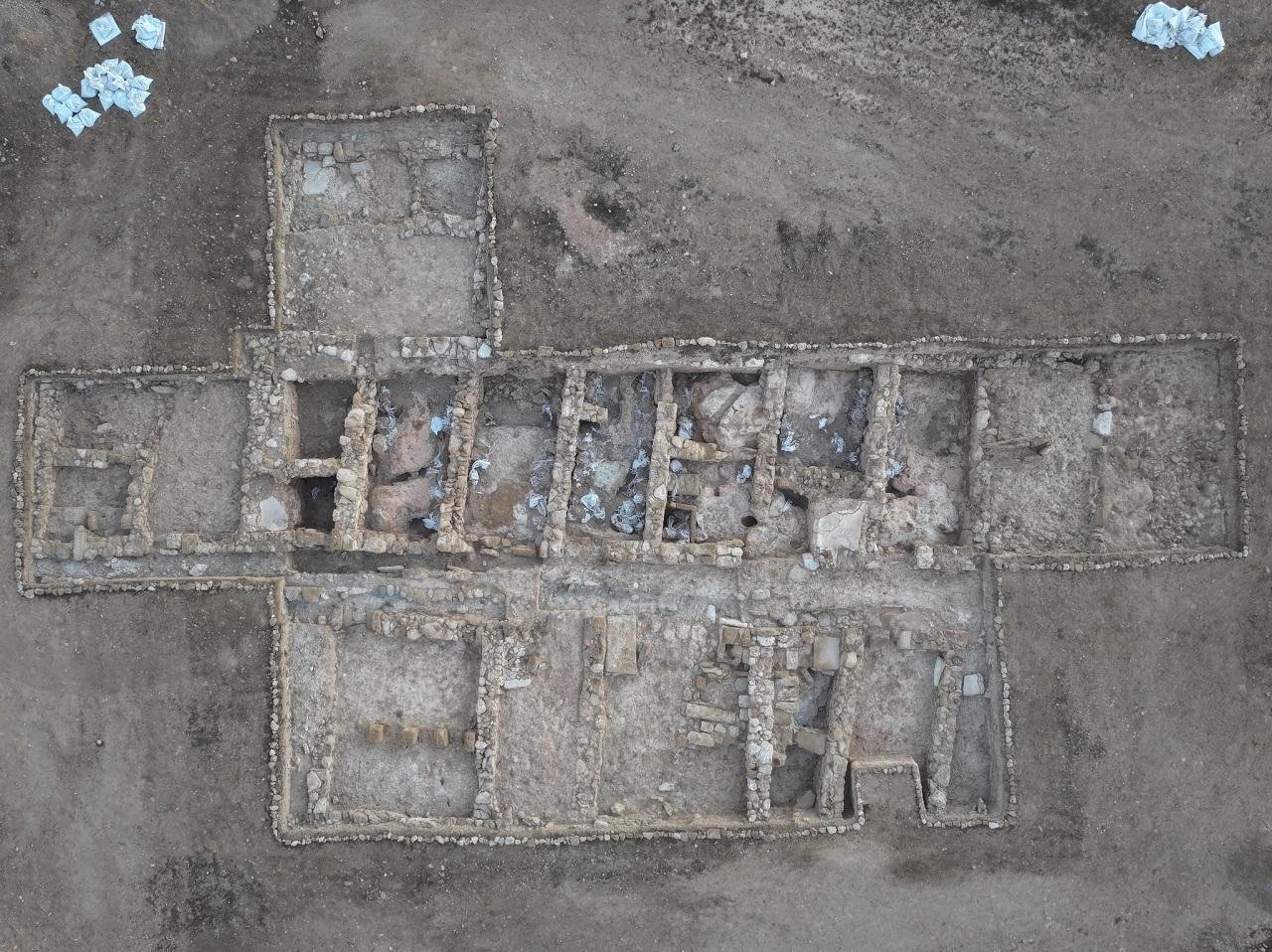
Pyla-Vigla is located on a steep plateau overlooking Larnaca Bay. Its military role has long been recognized. Previous excavations uncovered defensive walls, sling bullets, and tools for the production of weapons dating between the late 4th and early 3rd century BCE. The recent campaign, led by researchers from Metropolitan State University of Denver, Trinity University, and Reed College, focused on the plateau’s interior, where a domestic zone has now been uncovered.
Archaeologists uncovered at least four structures in this area: the largest, rectangular in plan, was composed of rows of rooms that were subsequently divided by interior walls, and thus had been remodeled over time. To the south lay another two buildings, one of which had a large hall supported by stone bases. Another structure located east of it, built on a different alignment, suggests either a different construction phase or a later modification.
Domestic artifacts such as kitchenware, tableware, and metal tools attest to a range of activities from cooking to personal care. Plastered floors, stone basins, drains, and amphorae all attest to spaces used either for storage or small-scale craftsmanship. These findings suggest a self-sufficient community in which everyday household work overlapped with communal and military responsibilities.
Bronze, lead, and iron fragments of weapons confirm that this was indeed a site of defense, but evidence also reveals the rhythm of life that combined ordinary domestic routine with preparation for conflict. In Pyla-Vigla, daily existence seems to have shifted between maintaining the household, managing production, and ensuring defense—a pattern typical of early Hellenistic military settlements.
The arrangement of buildings and streets indicates an organized, multi-phase settlement that developed over time. Its position above the Gulf of Larnaca gave it both a defensive advantage and control over local maritime routes, thus underlining the strategic role of this site.
According to the Department of Antiquities, the complex integration of residential, industrial, and military functions at Pyla-Vigla provides important insight into the social organization of Hellenistic Cyprus. The new findings enrich our understanding of how soldiers and civilians coexisted in fortified communities serving both strategic and domestic purposes.
The PKAP team intends to further study the architectural features and artifacts to better understand the evolution of the settlement and its place within the broader network of Hellenistic sites across the island.
More information: Department of Antiquities




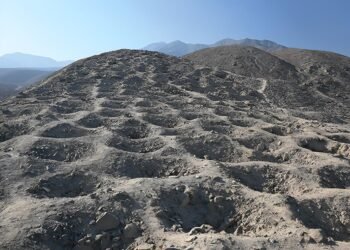
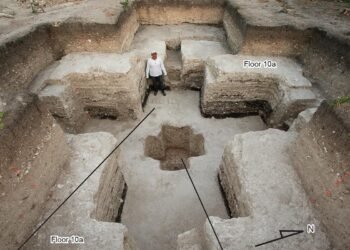
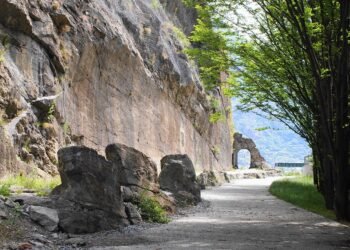

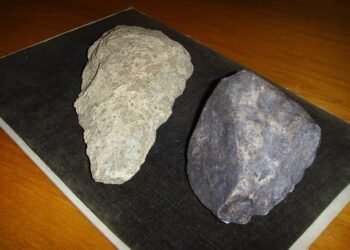















Comments 0